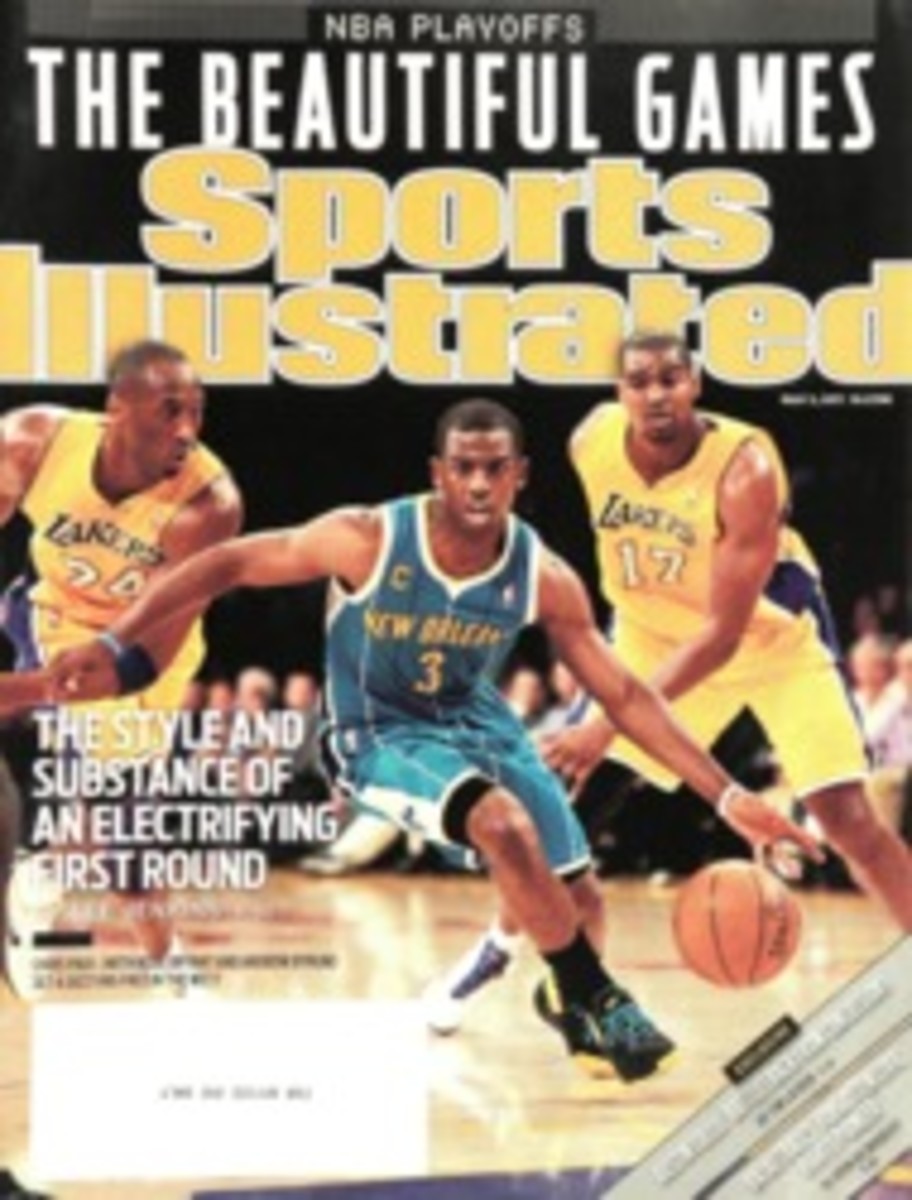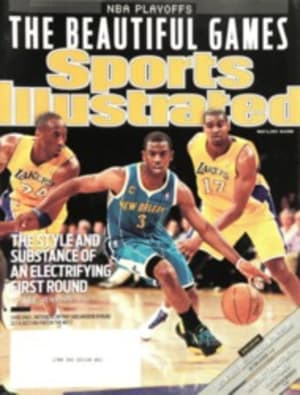
The Daredevil's in the Details
Before reality TV there was Evel Knievel, the motorcycle stuntman who turned out to be the godfather of the Jackass generation. In the untethered America of the late 1960s, he carved out a persona somewhere between Dirty Harry, P.T. Barnum and Liberace. In former SI senior writer Leigh Montville's rollicking new biography, Evel: The High-Flying Life of Evel Knievel: American Showman, Daredevil, and Legend, his star-spangled subject is shown selling the country an all-American bill of goods. In an era when cynicism ruled and universal heroes were in short supply, Knievel appealed to everyone. All he needed was something big to jump over.
Raised in Butte, Mont., Robert Craig Knievel was a 27-year-old former hunting guide, burglar and insurance salesman hustling to make ends meet in 1966 when he turned to riding motorcycles in a daredevil show. He was a gifted promoter, and his act offered something more tantalizing than mere success—he sold the prospect of disaster. People came to find out: Would he splatter?
His 1967 jump over the fountains at Caesars Palace ended with him in a crumpled heap, but it made him famous. For the next decade he was a celebrity of the highest magnitude—his 1975 jump over 14 buses in Ohio drew the highest ratings ever for Wide World of Sports.
Knievel lectured kids about motorcycle safety, peddled action figures of himself and preached against drugs, all while drinking Wild Turkey as if it were tap water and openly flaunting his hedonistic lifestyle. "I do have a death wish," Knievel said. "I want to die in bed with a good-looking broad when I'm 103."
Montville guides the reader through the hype and excess of Knievel's story and uses his greatest debacle, the 1974 attempt to jump Snake River Canyon in Idaho, as the centerpiece of the book. "The contest is Evel Knievel versus the canyon," wrote San Francisco columnist Wells Twombley. "The canyon is the sentimental favorite."
Montville also goes beyond the action-figure image, painting Knievel in all his contradictions—an American icon who was also a bully, an anti-Semite and a convicted felon whose star crashed to earth in 1977 when he was sentenced to six months in jail for beating his former publicist with a baseball bat. Eventually Knievel faded away, like every novelty act. He blew his fortune; his son Robbie succeeded him in the family business, though never capturing the public's imagination. Before Knievel died, in 2007, his popularity revived briefly, fueled by nostalgia and hipster irony. Now, in Montville's capable hands, Knievel soars again in all his profane, self-deluded glory.
PHOTO
HEINZ KLUETMEIER (KNIEVEL PORTRAIT)
EVEL GENIUS Montville paints Knievel (at Snake River in '74) as America's first reality star.
PHOTO
AP (MOTORCYCLE)
PHOTO

